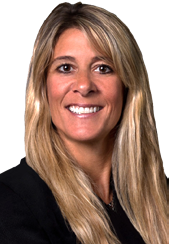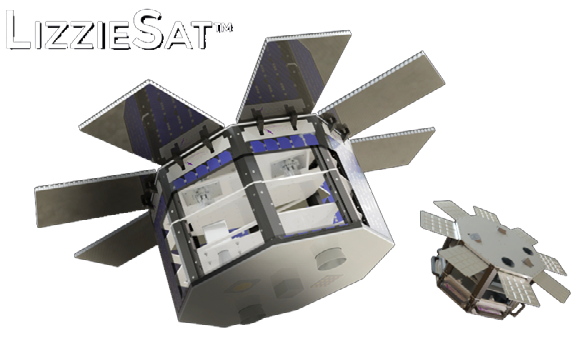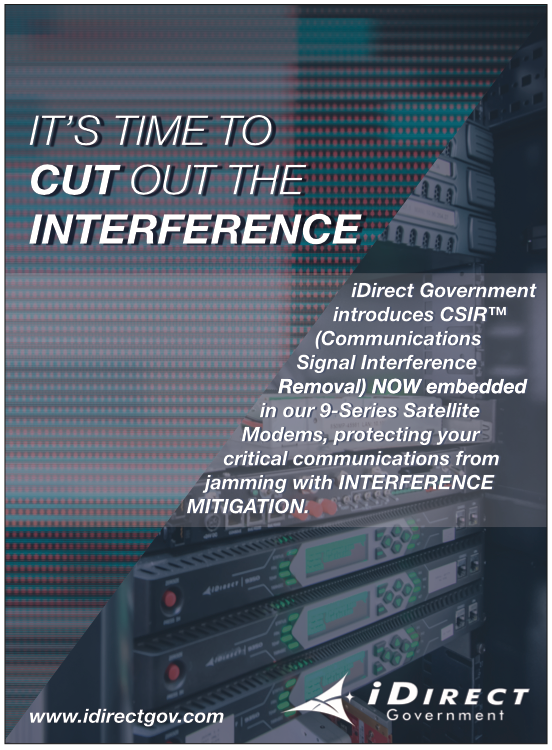Founder of Sidus Space, Inc., The Danny Craig Foundation and Craig Technical Consulting, Inc., Carol M. Craig holds the position of Chairman & Chief Executive Officer of Sidus Space, Inc. and Chief Executive Officer & Chief Financial Officer at Craig Technical Consulting, Inc. Ms. Craig is also Chairman at Space Coast Disability Council, Inc., Principal at Enterprise Florida, Inc., Member of National Defense Industrial Association, Member of The Society of Women Engineers, Member of Navy League of the United States, Member of AFCEA International, Member of National Association of Women Business Owners, Principal at Orlando Regional Chamber of Commerce, Member of Women In Defense, Member of International Council On Systems Engineering and Member of National Center For Simulation and on the board of 7 other companies. Carol M. Craig received an undergraduate degree from Knox College, a graduate degree from the University of Massachusetts and an undergraduate degree from the University of Illinois.
Ms. Craig, as a role model achiever, you have a fascinating resume. Could you recap your careers for us?

Carol Craig
You can call it a fascinating resume or you can call it ADHD. The best way to recap or summarize my careers is to use my favorite acronym – MTSUAYG. ‘Make the Stuff Up As You Go.’ Essentially, being flexible enough to recognize opportunity and pivoting as the world around you changes.
I’m one of those individuals who wants to do everything possible and is convinced that I can. I blame my parents because they encouraged me and told me I could do anything if I put my mind to it. What’s even more special about that I was adopted — I constantly thank them for choosing me because they are the reason I am who and where I am today.
I’ve gone from getting a computer science degree with a focus on software engineering to getting an engineering degree with a focus on computer engineering to writing COBAL code directly out of college to becoming a software developer for the Naval Air Warfare Center to working human factors with Marine Corp and Naval pilots to joining the Navy to become one of the first women eligible to fly combat aircraft to going back to writing COBOL code when a knee injury ended my career to starting a consulting business to where I am today as the CEO of a private and a public company. How’s that for a recap!
The executive class often lacks a certain hands-on experience. As a woman who has both served in combat as a member of the armed forces, and worked to design the systems such service members rely on, you’ve been a uniquely involved end-user. How does that compliment your skillset as a CEO?
Carol Craig
I need to make a correction first — although I was one of the first women eligible to fly in combat, I didn’t serve in combat. I was a Naval Flight Officer in the P-3 Orion community right when women were allowed to join those aviation communities and was one the first female aviator to join my squadron. That timing is a key discriminator in my opinion and, as you mention, combining that with my previous hands-on experience as a human factors/ software engineer for military aircraft gives me a very unique perspective.
What’s interesting is that I believe my skillset as a CEO grew out of those experiences. It’s complimentary but also a significant contributor to how I lead my companies. It has allowed me to connect to my employees in a somewhat unique way.
Understanding the end-user is important not only from a product perspective but also as a leader. I view my employees as an end-user. I try find opportunities for them to expand their skillset or knowledge base in an area where they did not necessarily see growth potential.
As someone who has literally done it all from HR to payroll to Facility Security Officer, I have walked in their shoes, and I understand the various departments and how they operate. Of course, this can either be perceived as empathetic or it can be frustrating because I keep telling people, “Come on, it’s not rocket science!” I guarantee it drives them all crazy.
You founded Sidus Space and keep the entity wholly female-owned. How does that power of ownership serve to progress the culture of the military and business worlds the company deals in?
Carol Craig
Well, first of all, I’m no longer wholly owned now that we are public but still majority female-owned. But I hope I am leading by example and that we will continue to see more female owner-founders, CEO’s and top executives and women engineers across the board with the next generation.
Although I am seeing some change across the military and aerospace industries with respect to diversity, inclusion and more women-led companies, much more needs to be done. I try to instill that same “don’t ask why, ask why not?” mentality when I am talking with emerging leaders that I had when I was growing my businesses.

I was extremely surprised to find out that I was the first female owner-founder of a space business go public last December and one of only 23 female founded companies in the NASDAQ. I don’t expect that I will be the last, and I hope my story helps to inspire others female entrepreneurs to aim high.
Sidus provides manufacturing expertise, using cutting-edge development techniques like waterjet cutting and 3D printing to deliver space-qualified components and satellites. What business cases are you best placed to serve with that ingenuity?
Carol Craig
It may seem lazy to say all ‘business cases’, but it’s true. Ingenuity combined with state-of-the-art technology is something we take great pride in and there are multiple applications for this type of manufacturing across all industry. What’s most important is that the technologies and services are affordable and accessible to a wide range of customers and partners.
You don’t have to be a blue chip company investing millions of dollars to get your hardware tested in space. We can provide a solution for any sized business or individual. We can, or have worked with, tech startups, academia, individual consumers, international and U.S. Government agencies, Channel partners, large government contractors, as well as international countries. The really important part is that we ‘get it’. We know how to deliver space- qualified components and satellites at a cost that is palatable to others — and part of the reason is because of our manufacturing expertise and willingness to think out of the box.
Your flagship LizzieSat platform is a modular satellite capable of integrating custom payloads, serving any number of capabilities. I’ve heard commentators suggest modular and re-programmable satellites are a crucial product of the emerging space economy. Is this an example of that kind of solution?

Carol Craig
Yes! LizzieSat is great example of a creative solution in the emerging space economy where cost-effective and timely access to space is desperately needed. LizzieSat is planned to combine static component testing and LEO spacecraft development and deployment along with providing Space-Based data.
Our smallsats use a hybrid, partially 3-D printed modular design to allow integration of multiple payloads and technologies — including our own technologies. We use the Mark Forged X7 printer which 3D prints Continuous Carbon Fiber reinforced parts that can be as strong as, and capable of replacing, machined aluminum. This translates to reduced weight for the satellite bus and more available weight for payloads.
The time to print the actual bus is significantly reduced and therefore can cut the production time of satellites from years to months. The variable in the production cycle is related to the payloads and complexity of the subsystems. This helps Sidus and its customers in a variety of ways—generating revenue earlier, getting their technology tested and flight verified ahead of schedule, pulling in critical data and generally helping them achieve their objectives— whatever they may be—in much less time.
A seminal critique of the space industry has always been the misuse of resources which could better be spent on underserved endeavors on Earth. Could you outline how your Bringing Space Down to Earth program addresses that concern?
Carol Craig
It has been said many times that planet Earth is the greatest place to live in our solar system and we ought to do everything we can to preserve it. What that means is that instead of thinking of replacing Earth by colonizing other planets, we should be planning to use our solar system and planets for the activities that have been damaging to our planet for decades.
Sidus’ vision is obviously not to colonize Mars but is to use our space-based platforms and services to provide solutions and data that can help return our planet to a less disrupted and technologically saturated environment.
We can replace sensors on Earth with sensors in space and provide more data with less infrastructure. Using space as a replacement resource whenever possible is how we bring Space Down to Earth for our customers and partners. We are actually freeing up resources and assets which creates an opportunity for others to redirect those resources to those endeavors with underserved needs.
What does Sidus aspire to achieve going forward? Do you have a set of expectations for the company over the next decade?
Carol Craig
Our goal is to launch 100 satellites over the next few years and provide others an opportunity to be a part of the space ecosystem without the barriers that exist today — significant investment of cost, complexity, and time. I want to see the last couple decades of our experience in Space translate to empowering and enabling the acceleration of this new generation of technology and commercialization of space.

Just like the crossroads in the 1990s for the Internet, it is critical that those of us who understand the importance of space to our future ensure that new ideas and new perspectives are encouraged and cultivated. My expectation for Sidus Space is that we will be a leader in this space revolution and explosive growth of the global space ecosystem in the decades to come.
sidusspace.com


